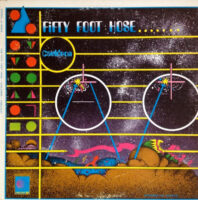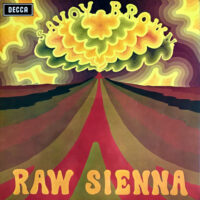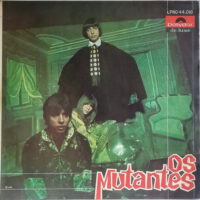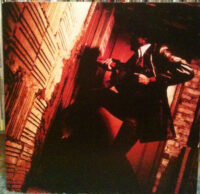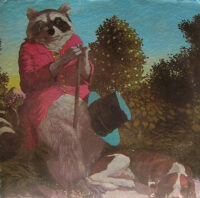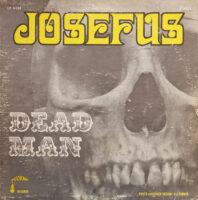
The all-woman group Look Blue Go Purple burned briefly but brightly in the mid 1980s. Recording for the fantastic Flying Nun Records, Look Blue Go Purple rank among the very best of that revered New Zealand label’s roster. (Here’s where I suggest you read Matthew Goody’s Needles & Plastic, a maniacally thorough history of Flying Nun during its peak period: 1981-1988. Goody rightly devotes many glowing words to LBGP.)
As LBGP’s Flying Nun catalog is oop and spendy on the resell market, New York company Captured Tracks did us a solid by releasing Still Bewitched, a comp of the group’s three killer EPs, plus bonus live tracks from 1983 and 1987. Those EPs—Bewitched (1985), LBGPEP2 (1986), and This Is This (1988)—abound with that special Kiwi-flavored rock that makes a guy want to write a maniacally thorough history about it.
If you listen to enough Flying Nun-affiliated music, you begin to ascertain common threads running through it: gorgeously jangling guitars; understated vocals (the dudes from Straitjacket Fits and the Gordons are exceptions); an air of melodic melancholy and resignation that resonates on a frequency unattainable by 99.9% of American rock bands (Salem 66 might be the closest US comparison); a knack for concision and hooks that burrow in your brain without grating on your nerves. Look Blue Go Purple embody all of these traits with lovely nonchalance. And the eight bonus live tracks prove that LBGP could rock hard when they so desired.
LBGP stand out further by being the rare all-female group in New Zealand’s male-dominated scene—plus, they had the advantage of possessing a flute player in Norma O’Malley. They also had four vocalists (everyone except drummer Lesley Paris sang) and skillfully arranged their voices to emphasize their airy lushness and sage gentleness.
The great songs on Still Bewitched carry no traces of the annoying production values that marred much music in the ’80s. Rather, they exist in a hermetic bubble of unassuming Flying Nun brilliance. Low-key thrills for high-IQ folks. To paraphrase Hot Chocolate, every song’s a winner on this collection. -Buckley Mayfield
Located in Seattle’s Fremont neighborhood, Jive Time is always looking to buy your unwanted records (provided they are in good condition) or offer credit for trade. We also buy record collections.




